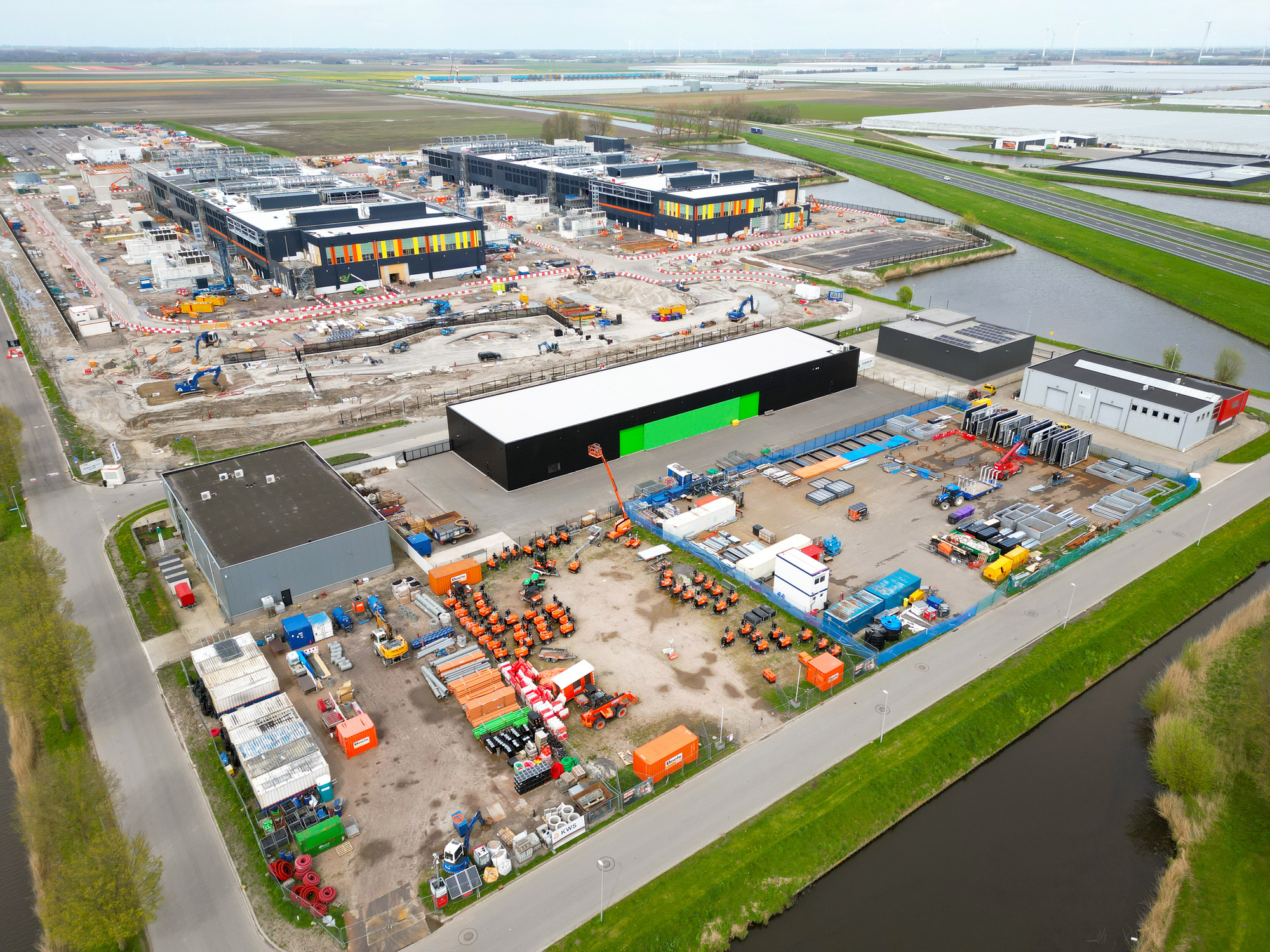The performance of data center racks can be highly dependent on what they are made from and how...
Exploring Data Center Rack Material Options
The performance of data center racks can be highly dependent on what they are made from and how they are maintained. Here, we will examine the more common materials used for data center racks and delve into the benefits of a promising alternative: fiberglass reinforced plastic (FRP).
Data Center Rack Materials: A Quick Overview
Each rack material has its own set of benefits and trade-offs. Steel, the most prevalent choice, is prized for its strength, durability, and structural integrity. Cold-rolled steel, in particular, is often favored due to its superior strength and resistance to deformation.
Aluminum presents an alternative for those seeking lighter racks, offering the advantages of reduced weight and corrosion resistance, though it may not be as robust as steel.
In modern applications, data center racks might incorporate composite materials like fiberglass reinforced plastic (FRP) to achieve specific properties such as improved strength-to-weight ratios, enhanced thermal management, and greater design flexibility.
The Drawbacks of Using Steel for Data Center Racks
While steel is the most prevalent material for data center racks, it is not without its drawbacks:
- Weight: Steel is heavy, making it difficult to handle and transport. This can pose challenges during installation and maintenance activities, potentially increasing labor costs and downtime.
- Corrosion: Although steel can be treated to resist corrosion, it remains susceptible over time, particularly in environments with high humidity or exposure to corrosive substances. This can lead to degradation of the rack's structural integrity and necessitate costly repairs or replacements.
- Heat Conductivity: Steel is a strong conductor of heat, which can contribute to heat buildup within the rack. This may require more robust cooling systems to maintain optimal operating temperatures for the sensitive electronic equipment housed within the racks.
- Cost: High-quality steel can be expensive, and the manufacturing processes involved in creating racks add to the overall cost. Steel racks may, in some situations, be significantly more expensive than alternatives like aluminum or composite materials.
- Installation Complexity: The weight and rigidity of steel racks can complicate installation, often requiring specialized equipment, welding expertise, and additional manpower. This can lead to longer installation times and increased labor expenses.
- Flexibility: Steel's relative inflexibility can make it challenging to modify or adjust the rack structure once it is installed. This can be a disadvantage in dynamic data center environments where changes and upgrades may be required.
The Drawbacks of Using Aluminum for Data Center Racks
Aluminum racks offer the advantage of being lighter than steel, but they have their own set of limitations:
- Strength: Aluminum is not as strong as steel, which can restrict the load-bearing capacity of the racks. This might be a concern for data centers housing heavy equipment or those with high-density configurations.
- Cost: While aluminum itself might be less expensive than steel on a per-pound basis, the need for thicker material to achieve comparable strength can drive up the overall cost.
- Susceptibility to Damage: Aluminum is a softer metal, making it more prone to dents, scratches, and other forms of physical damage. This can detract from the rack's appearance and potentially compromise its structural integrity over time.
- Thermal Conductivity: Aluminum, like steel, is a conductor of heat. While this can be beneficial in some cooling scenarios, it can also lead to heat spreading within the rack, potentially affecting the thermal management of sensitive components.
- Corrosion: Although aluminum is generally corrosion-resistant, it is not wholly immune to corrosion, especially in certain environments. Exposure to salty or acidic conditions can lead to corrosion, impacting the rack's longevity and performance.
- Joining and Welding: Aluminum can be more challenging to join and weld compared to steel, which can complicate the manufacturing and customization of racks.
- Electromagnetic Interference (EMI) Shielding: Aluminum provides less effective EMI shielding than some other materials. This can be a concern in data centers where minimizing electromagnetic interference is crucial for ensuring the reliable operation of electronic equipment.

Data center construction project
FRP: A Game-Changer for Data Center Racks
Fiberglass reinforced plastic (FRP) is an increasingly popular choice for data center racks due to its numerous advantages over traditional materials. Below, we will explore the features and benefits of FRP in this context:
- Corrosion Resistance: FRP is highly resistant to corrosion, making it ideal for data centers where humidity or chemical exposure is a concern. This durability translates to longer lifespans and reduced maintenance costs for the racks.
- Lightweight: FRP is significantly lighter than steel, simplifying handling, transportation, and installation. This can result in lower labor costs and greater flexibility in data center layouts.
- Electrical Insulation: The non-conductive nature of FRP provides excellent electrical insulation, enhancing safety by reducing the risk of electrical shocks and fires.
- Customizability: FRP can be created in a very wide variety of shapes and sizes, allowing for customized designs that optimize space utilization and cable management. This flexibility can be particularly valuable in data centers with unique configurations or space constraints.
- High Strength-to-Weight Ratio: Despite being lightweight, FRP possesses a remarkable strength-to-weight ratio, providing sufficient structural integrity for most data center applications without adding unnecessary bulk.
- Thermal Insulation: FRP offers good thermal insulation, helping to regulate temperature within the rack and potentially reducing the load on cooling systems, contributing to energy savings.
- Reduced Maintenance: FRP's resistance to corrosion and other environmental factors results in lower maintenance requirements compared to metal racks, further reducing long-term operational costs.
- Non-Magnetic Properties: FRP does not interfere with magnetic fields, which can be a significant advantage in certain data center applications where sensitive electronic equipment is used.
- Durability: FRP is resistant to wear, tear, and impact, making it a durable solution that can withstand the demands of a busy data center environment.
- Aesthetic Appeal: FRP can be finished in various colors and textures, offering aesthetic flexibility for data centers where visual appearance is a consideration.
Embracing Innovation for the Future of Data Center Racks
As data centers continue to evolve and expand, the demand for innovative solutions that address the challenges of space constraints, energy efficiency, and equipment protection is growing. FRP is emerging as a promising material that offers a compelling alternative to traditional steel and aluminum racks.
By incorporating FRP into their infrastructure, data center operators can benefit from improved safety, reduced maintenance costs, increased energy efficiency, and greater design flexibility. As the industry continues to prioritize innovation and sustainability, FRP is poised to play a significant role in shaping the future of data center racks.
Interested in exploring FRP solutions for your data center? Explore Fibergrate’s highly customizable structural shapes to learn more about our high-performance FRP products can transform your data center infrastructure.
Topics: FRP, Steel, Data Center


